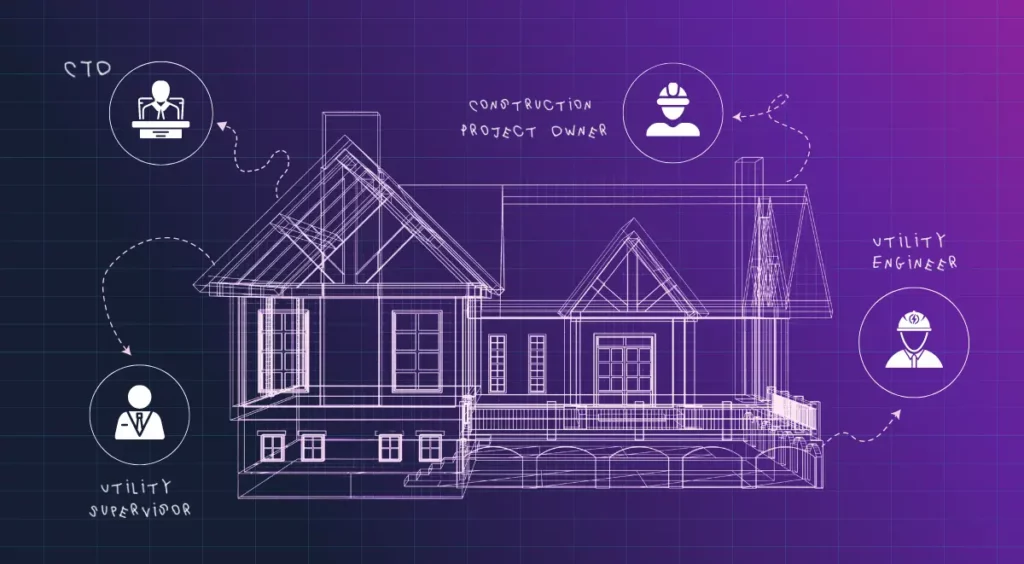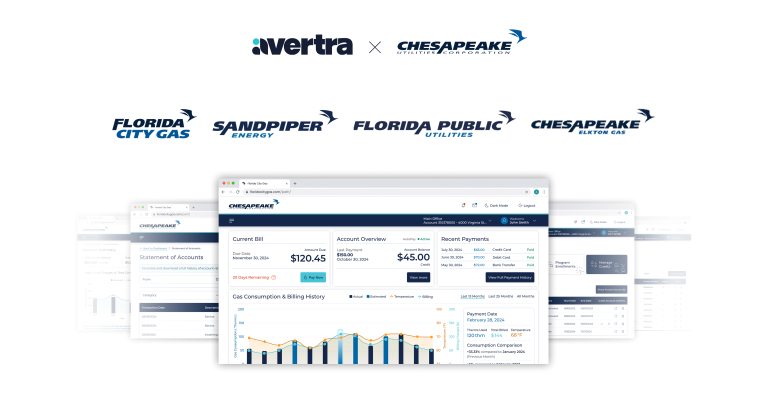With construction and line projects being an integral part of our world, frontline workers that are developing these projects can sometimes be forgotten in the midst of it all. These projects are complex in nature and can be time-consuming, fragmented, lengthy, and confusing for multiple stakeholders involved. Customers on the other end are frustrated with their residential and commercial projects not being delivered on time, and utility employees are lost in a sea of unclear project coordination and lack of visibility into the overall process. Which of these pain points have you struggled with in your last construction project?
1. Time-costly tasks: Builders and engineers normally struggle to manage many projects simultaneously because of the complex processes involved. The need for coordination with various stakeholders, tracking status, following safety and regulatory compliances, and completing projects on time within a specific budget are just a few of the responsibilities that every project entails, but these manual tasks can be time-consuming.
2. Fragmented communication: Effective communication is crucial in the construction industry, but it can be challenging to keep everyone informed and aligned when there are no proper communication channels, and customers and utility engineers are speaking on the phone or via email in an ad hoc manner.
3. Lack of project visibility: Builders and engineers are expected to maintain accurate data records of everything, from contracts, permits, and facilitating city, county, or state approvals to materials and equipment. But manual record-keeping can be time-consuming and is never free of errors. Customers also lack visibility in terms of what documents are needed.
4. Difficulty allocating resources: Efficient allocation of resources, including employees, tools and equipment, building materials, and visibility into where employees are at each stage of the project cycle to stay up to date with the status of each project is important in order to complete projects on time and within budget, but that’s not always the case without a reliable platform.
5. Critical information can easily be missed: Compliance with safety regulations and industry standards is mandatory in any project, but it can be challenging to guarantee that everyone involved in the project is actually following the necessary guidelines.
6. Data is not centralized: Builders have to go through large amounts of data, such as project specifications, schedules, and budgets, making it easier for this data to be scattered across multiple channels, making it more difficult to access, review, validate, approve, and analyze.
A digital builder portal can address these pain points by providing a collaborative environment or managing projects to streamline workflows, centralize data, simplify communication, reduce costs, improve operational efficiency, deliver on time, and enable better decision-making by providing AI assistance and real-time data analytics. Empower your employees with a more seamless builder journey and place your customers’ satisfaction at the center of your business with our MiCustomer platform.




















